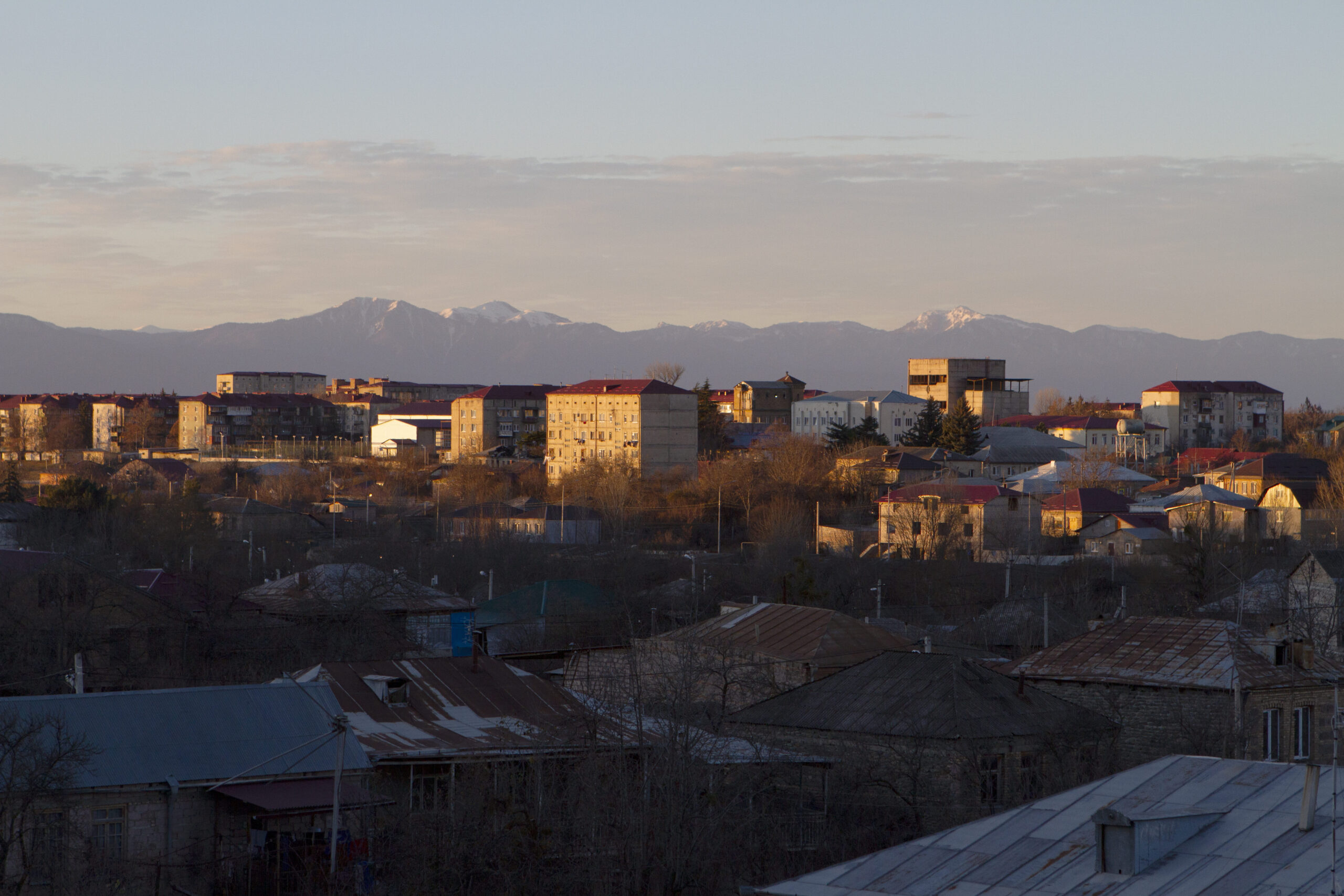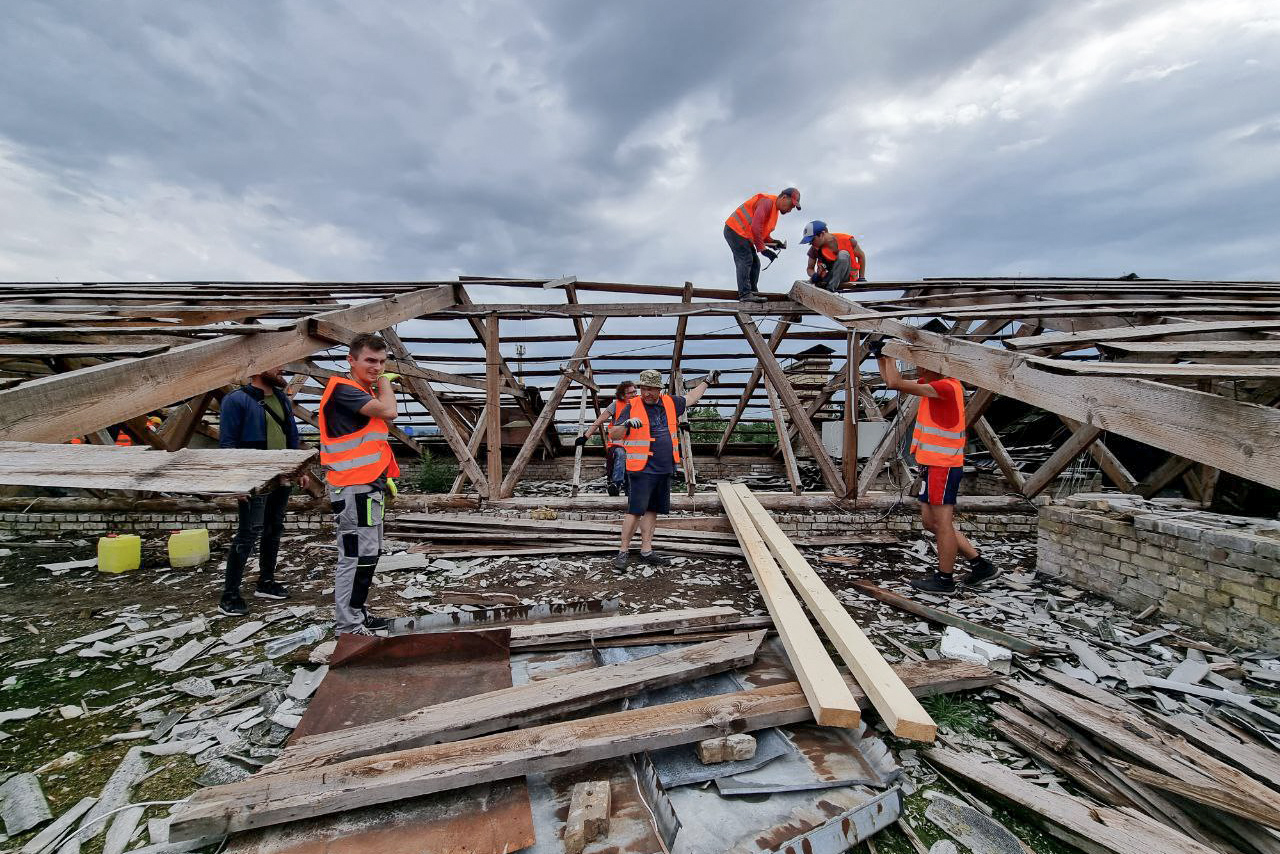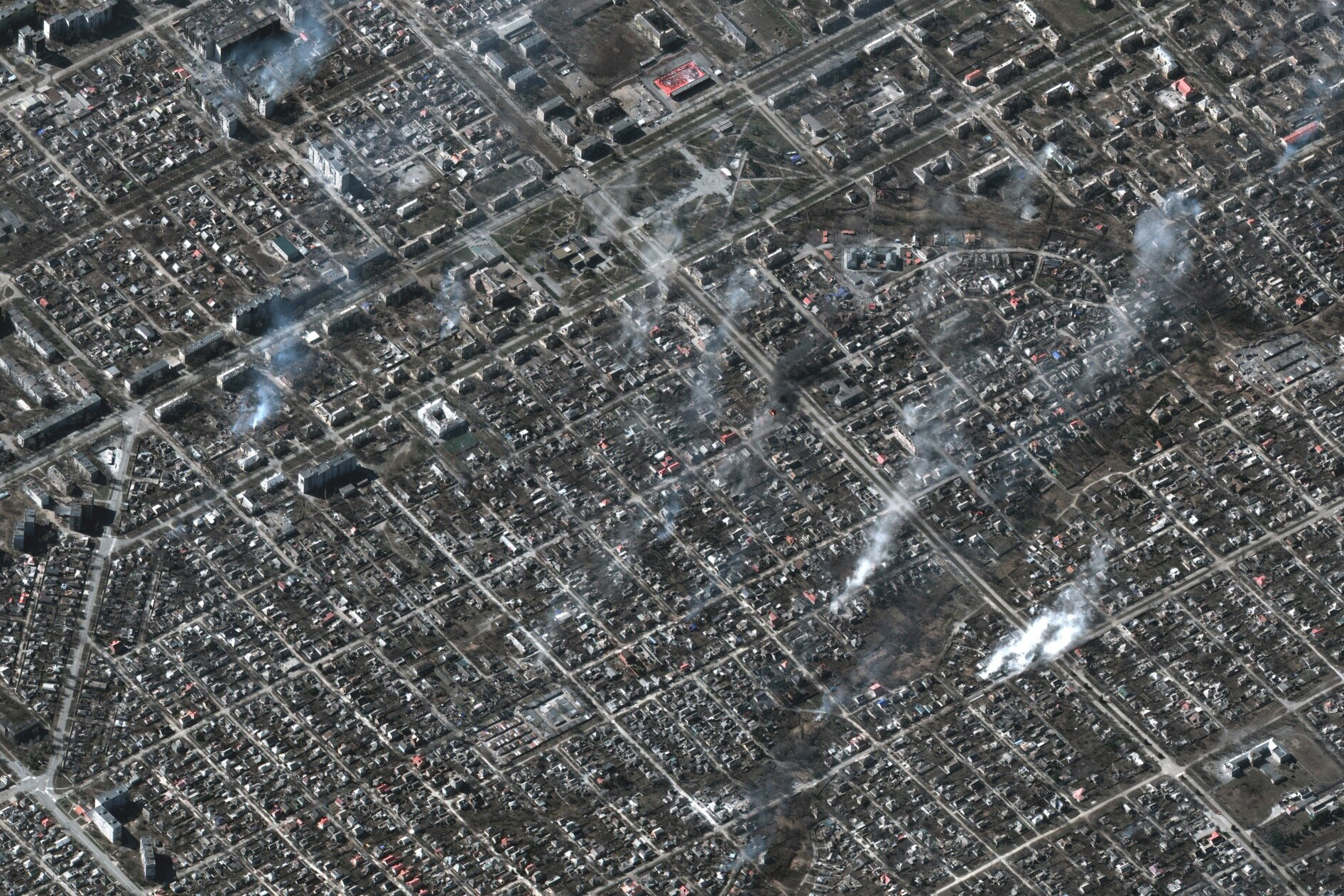ARCHITECTS IN THE SHOES OF PSYCHOLOGISTS AND THE TROUBLE WITH THE NORMAN FOSTER’S PLAN
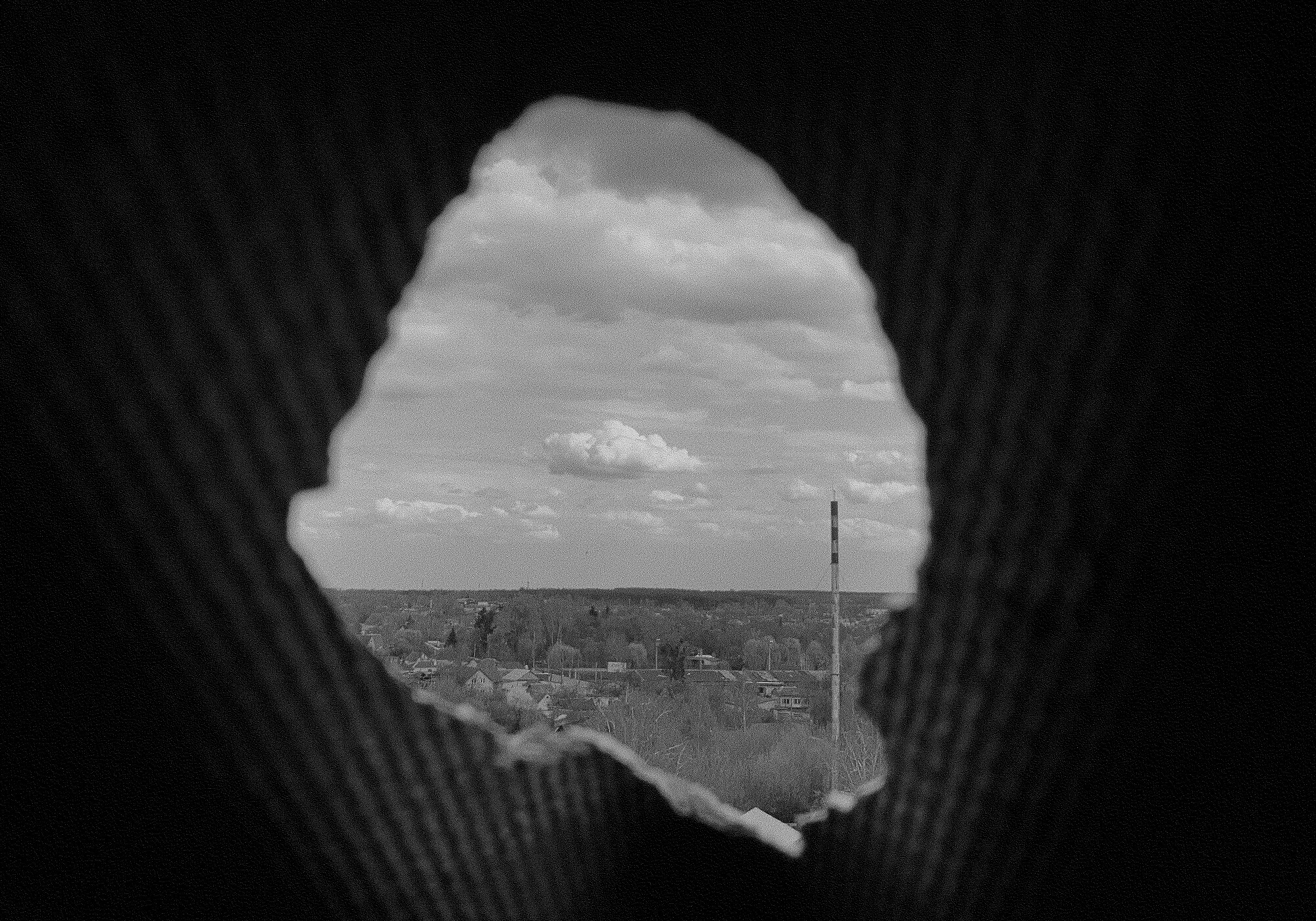
IN SEPTEMBER, THE ONLINE CONFERENCE “RECONSTRUCTION OF UKRAINE: DESTRUCTION, REPRESENTATION, SOLIDARITY” GATHERED UKRAINIAN AND INTERNATIONAL ARCHITECTS, CULTURAL WORKERS, AND ACADEMICS RESEARCHING EASTERN EUROPE. PYL COLLECTED THE MAIN TAKEAWAYS ABOUT UKRAINE’S RECONSTRUCTION PROCESS.
About the Conference
The three-day symposium was organized in cooperation between the Center for Urban History in Lviv, the Center for Urban Studies at the Kyiv National University of Construction and Architecture, the project Re-Start Ukraine, the Urban Forms Center in Kharkiv, the Visual Culture Research Center in Kyiv, as well as Yale University, and University College London.
“If we are not speaking about [reconstruction], then who is and who will? And who, in any case … are we?”, was one of the opening questions shared by the organizers. Some speakers remained skeptical about the term “reconstruction” and how appropriate it is, considering the ongoing Russian aggression and occupation of Ukrainian territories. That said, the three days of the conference saw a number of activist projects that are reconstructing the destroyed cities right now. The participants discussed the possibilities for how the well-being and security of Ukrainians could be recovered.
MAIN TAKEAWAYS
The vision of reconstruction should be shaped by Ukraine and include only Ukrainian contexts, and the process itself should be guided under the leadership of Ukrainians
Many institutions and individuals from all over the world want to express their support for Ukraine. Norman Foster’s plan to rebuild Kharkiv came into light a few times during the conference. The organizers themselves emphasized that international support is very important, but only if it is non-invasive and responds to the goals, needs, and priorities defined by Ukrainians. The danger lies in those international projects that arise out of good intentions, but do not take into account the experience of Ukrainians and risk imposing the top-down vision onto them.
“Cultivating tactical urbanism, tactical projects on this local scale and then multiplying them, which will make this […] environment more dense, more variable,” commented the founder of the ReStart Ukraine project Oleksandr Shevchenko.
Participants also noted that it is important to pay attention not only to the support of the Western “center”, but also to the countries in the Global South. The Palestinian architect Dima Srouji shared: “What we now know after repetitive catastrophes over seventy years under Israeli apartheid […] trauma is compounding. And it’s not a singular moment of crisis, it is ongoing. There is no such thing then as post-traumatic stress disorder, or post-war. There is only the colonial continuum. […] Time passed, and sanctuary, and collective care become very important as a form of resistance.”
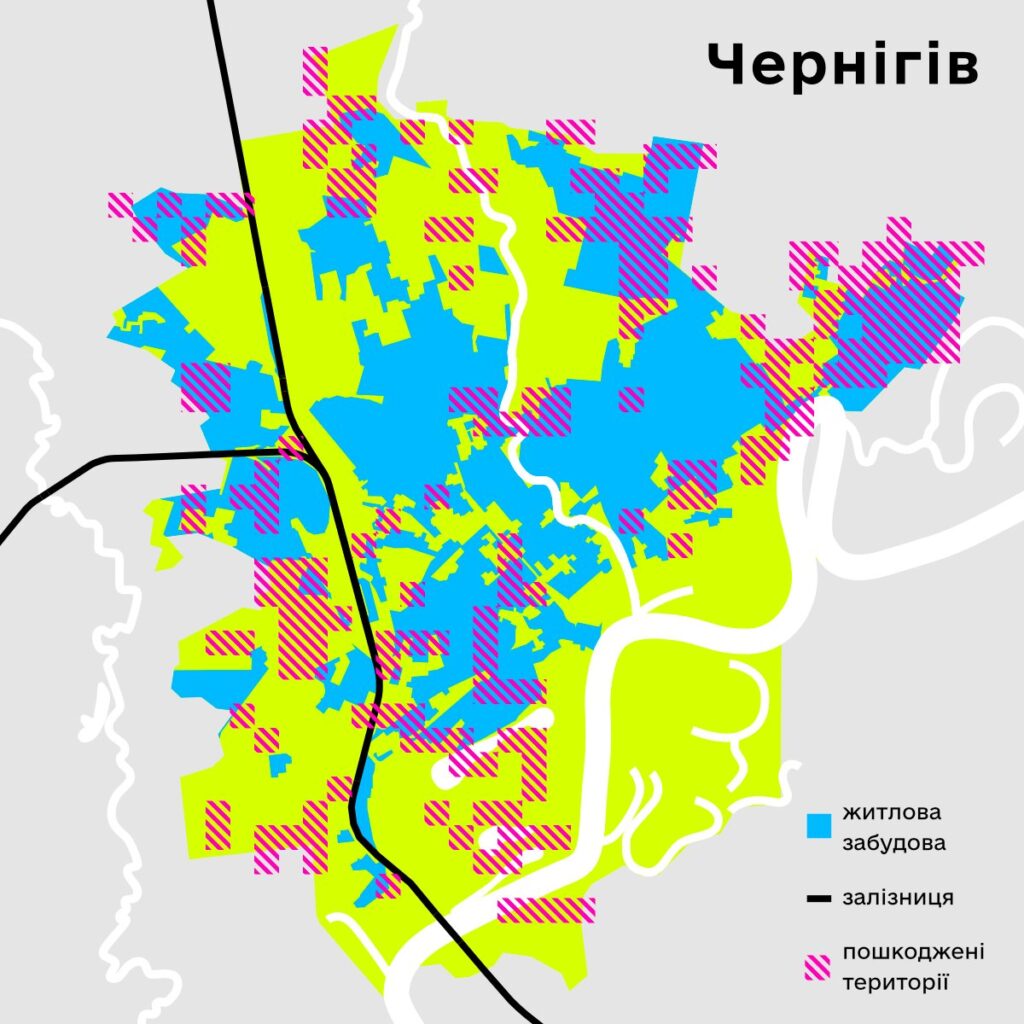
You need to act now, but aiming at different time horizons
“[Recovery] is a non-linear process, and we do not know in advance what would be the most optimal trajectory. Our action here would be to create this density of trajectories, so we have a higher chance to succeed,” added Shevchenko when talking about multiplying the number of tactical projects. Many participants also discussed the goals for upcoming decades.
Dasha Pyrogova, an independent consultant in the field of urban and social projects, spoke about her current work with displaced people: “I’m working now on the issue of how internal and external migrants plan to stay in their new homes, or move further in Europe, or move back to native cities in Ukraine. […] With my colleagues, we did some typologies about housing alternatives. We divided them into 4 groups: temporary shelters; temporary housing (represented by containers from the Polish government in different Ukrainian cities); mid-term housing which contains modular housing proposals from Ukrainian and international bureaus; and also permanent housing in the form of new construction or purchase of ready-made housing in Ukraine. My point here is that we have a lot of proposals now. […] But each typology works in its particular period, and all the typologies should be developed at the same time. Because now we observe that local governments and national government, they are focused more on short-term housing options — like reconstruction and repairment of old dormitories, or some other social facilities, and also these containers. […] But we should think ahead. A lot of internally displaced people, they are not planning on coming back to their native cities because it’s impossible or they are occupied. […] It is very important to include them in this decision-making process in developing new strategies.”
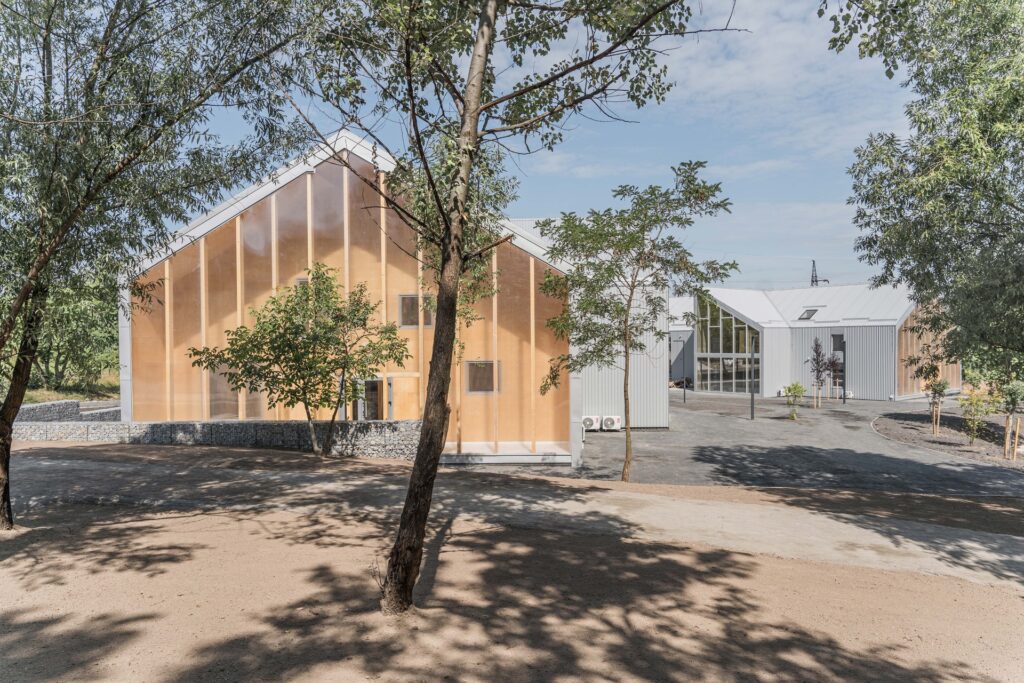
Architects are also psychologists now
The war in Ukraine forced everyone to look at this phenomenon not as an academic gimmick, but as the harsh reality of Ukrainian architects who are forced to help their country in every possible way. Using their technical knowledge, the architects are now modeling the damage inflicted onto buildings and documenting Russian war crimes. Designing facilities for displaced people and reconstructing destroyed buildings, they are collaborating with local communities and providing almost psychological support in tending to their experience and trauma.
By working with the memory that certain places carry, architects can open up the usual locations in new ways for the residents, and help rethink their meaning in the past. This applies to changing ideological contexts and points of view, issues that deal with national identity and decolonization of history.
This is different from the approaches commonly used in the past, whether it was the Soviet Union where architecture responded to the state orders, or the era of the post-Soviet transition to capitalism where the strict instructions came from developers. Now, architects help local communities on their path to self-determination, and help capture what is crucial to them in the process. Specialists from the Center for Spatial Technologies found 36 witnesses to digitally restore what the Mariupol drama theater looked like before the attack, to capture its transformation into a shelter and a place of collective support.
As the poet Ostap Slyvynsky noted when speaking about the role that cultural practices play in the recovery process: “I really felt confused while presenting the idea and these stories to [the internally displaced people] because I didn’t know who I’m dealing with. Maybe these people had experienced something even worse than me or my colleagues. But I felt that almost all of them needed a kind of narrative, maybe some patterns of narrative which would help them find the appropriate words for their own experience. It’s not about the collective memory. It’s about a kind of mutual help in articulating the experience. Which is very personal and which is, at the same time, a collective experience.”
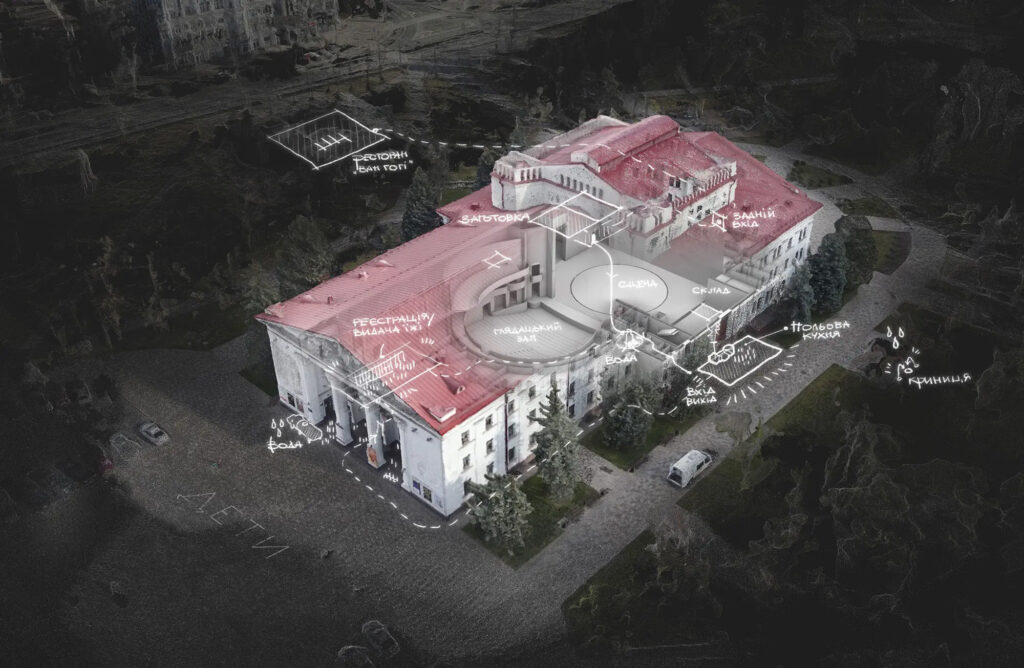
Ukraine’s reconstruction has to include ecologists and artists
The conference showed that the only correct approach to the recovery process is the multilateral one. It is not enough to consider the physical reconstruction of the territory only as a horizontal process. Even when the Russian troops leave the occupied territories, all toxic damage, air, water and soil pollution from the weapons, military shells and the traces of the army’s presence on the ground will remain. Hence reconstruction should take into account the “vertical”, geological view of the territory. More than 100 environmental crimes were recorded by the Ukrainian civil organization Екодія in the first month of the war alone. Today, their interactive map shows around 600 cases of environmental damage caused by Russian aggression.
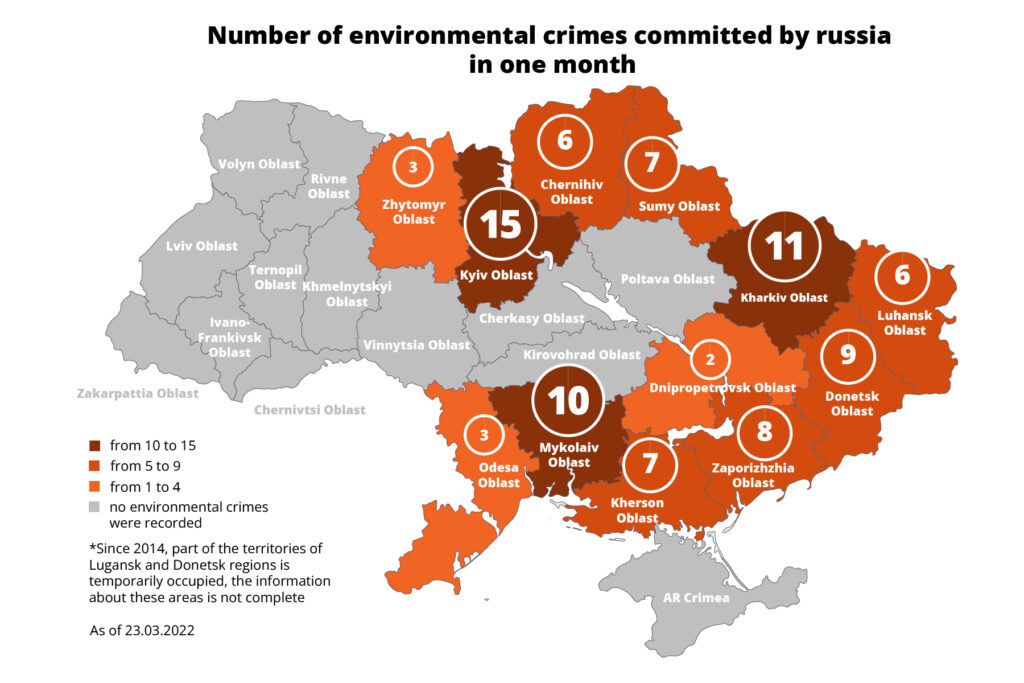
The role of cultural institutions that are not directly related to architecture was discussed several times throughout the conference. Together with architects, it is artists, art historians, museum and archive workers who have been documenting the unfolding events to restore justice, help their fellow citizens survive trauma, articulate shared experiences and shape visions of the future.
“If we keep this as a really honest conversation, culture as a field has never been in the Ukrainian state’s focus. […] Especially if we compare the Ukrainian cultural field with the ones in the EU countries, we clearly see that the Ukrainian cultural field can be cold autonomous. But its autonomy is based on the lack of financing from the side of the state. […] It only changed a bit pretty recently, actually after Maidan,” said Vasyl Cherepanyn, the director of the Visual Culture Research Center. “When we speak about Ukrainian culture in terms of its institutionality, we rather speak about collectives, initiatives, platforms, projects, but not about institutions.” In the context of recovery, this position opens up new opportunities for self-determination. “We can also think of some possible support from the side of the Ukrainian state in the future, but I would not rely on that. This is rather on real political mutualism and international collective effort,” summed up Cherepanyn.
You can watch the recording of the conference on Youtube: day one, day two, day three.
You may also like
14 Years after the War: Russia’s Efforts to Reconstruct South Ossetia
Moskovsky Microdistrict, Putin’s street and dying chestnut forest
5 stories about how Ukrainians are rebuilding their ruined homes
Reportage from Bucha, Irpin and Chernihiv region
What do we know about the Ukraine recovery plan
How much can it cost and which countries will be participating

